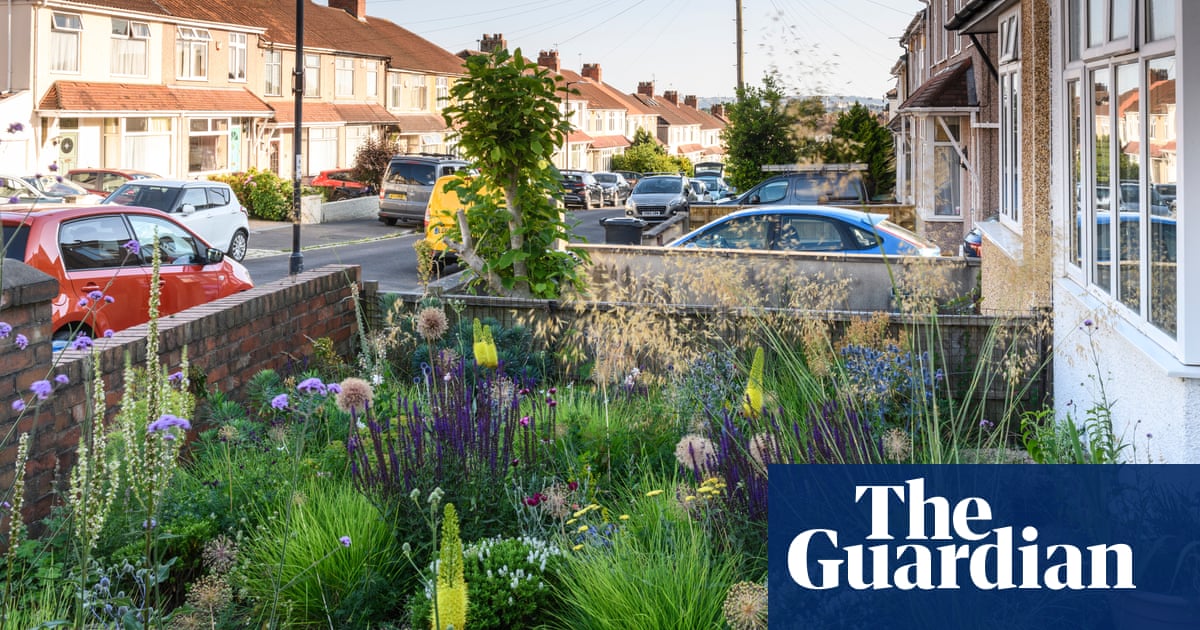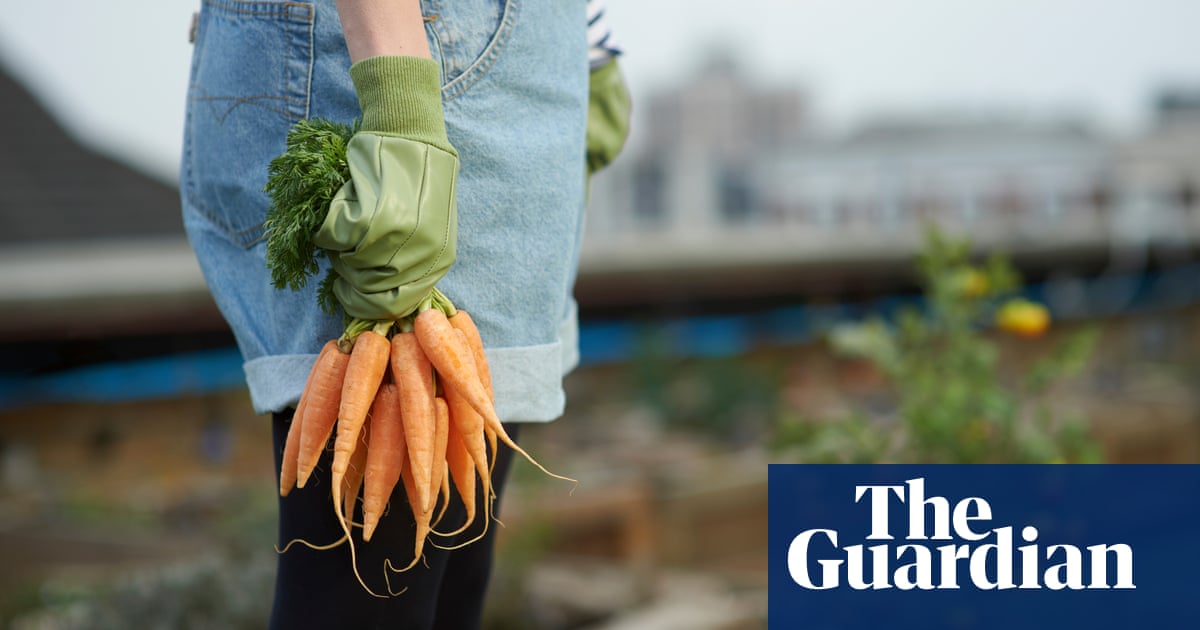
The Richmond birdwing is a show-stopping butterfly. Males are black and dazzling green; females are black and white with a flashy gold trim. They are not easily overlooked as they flutter around subtropical rainforests between Ballina and the Sunshine Coast. For 80 years, the Richmond birdwing population declined precipitously as natural habitat was diced by farming, forestry and urban expansion. Then a concerted effort by community, scientists and government brought the species back from the edge.
The Richmond birdwing is a conservation success story, and it was achieved in the gardens of south-east Queensland.
“Back yards saved the butterfly 100%,” Matt Cecil, a project officer at the Wildlife Preservation Society of Queensland, says.
Cecil is part of the Richmond Birdwing Conservation Network (RBCN), which is dedicated to restoring the butterfly across its former range. The project focuses on the caterpillars and their food plant, the native birdwing vines Pararistolochia praevenosa and P. laheyana. The rescue began with vines in back yards, filling the gaps between the forest patches.
“There wasn’t enough subtropical rainforest habitat left in the landscape,” Cecil says. “What remained was weedy and dry, and vines planted there struggled and needed ongoing maintenance. Vines grown in back yards were nurtured and looked after.”
Now seeds from those back yard vines are collected by RBCN and grown in nurseries for gardens and restoration programs. The process is slow – it can take between 18 months and two years before a vine is ready to go in the ground – but more than 2,000 are planted each year on the Gold Coast and Sunshine Coast. With care from enthusiastic gardeners, the vines are thriving. So are the Richmond birdwings.
Sign up for the fun stuff with our rundown of must-reads, pop culture and tips for the weekend, every Saturday morning
The principles behind the birdwing project also apply to butterfly gardening.
Dr Jesse Kurylo studied butterfly populations in outer Melbourne, where urbanisation has had an effect on a range of native species. To make a garden more butterfly-friendly, Kurylo suggests finding out which species occur in nearby parks and bushland, then catering directly to those.
“Keep it local,” she says. “Once you know what’s around, plant larval and adult food plants to encourage those species in.”
While butterflies come for the nectar-rich flowers, “they aren’t fussy. They’re ‘I see food! Let’s go!’” Kurylo says. And they stay where they can lay. The key to a butterfly garden is providing food for the unfussy adults and their choosy caterpillars.
Each species’ caterpillars survive only on a narrow range of plants. Growing these host species helps support a lively butterfly population.
Caterpillars eat vast amounts of food, often reducing plants to leafless stems. This is where insects and fastidious gardeners are at odds. A flourishing butterfly garden is one with ragged leaves, untidy corners and no pesticides to keep things in line.
This is the outlook adopted by Ruth Orchison and Carol Boland in their Sydney garden. When they bought their steep sandstone block more than 20 years ago, they planned to dig out the grass and geraniums and transform the garden into a mass of native heaths and flannel flowers.
“We had a vision of colourful, sun-loving plants,” Orchison says.
But meagre soil, too-rapid drainage and over-shading changed their strategy. Many of their plants are native species self-seeded from an adjacent bush corridor.
“Now it’s just this side of a jungle.”
Without pesticides, the garden is a haven for butterflies and other wildlife. Blue triangles and jezebels are regular visitors, Lomandra-loving skippers bask in tiles of sunlight, and the citrus trees produce more orchard swallowtails than fruit.
“The garden welcomes them,” Boland says, “and it welcomes us.”
A butterfly-friendly garden is not neat and regimented, but what is lost in nibbled leaves is made up for in fluttering colours and a sense of connection to nature.
Find out more about butterflies
Online resources such as Butterflies Australia, iNaturalist and the Atlas of Living Australia can help identify local species.
The Butterflies Australia app started as a project to collect abundance and distribution records for conservation research. “There’s a real lack of long term data in Australia,” the database manager, Chris Sanderson, says. “The more data sent, the more complete the picture. Every record is important.”
Since its release in October 2019, more than 22,000 verified records have been added to the database. In addition to a field guide covering species country-wide, the app provides the opportunity to submit sightings and upload photographs, which are then checked by an expert.
The Atlas of Living Australia collates records from different sources, including museums, and allows users to create lists of species by location.
One of the sources used by Atlas of Living Australia is iNaturalist – an app where users can upload their photos to share records and get identifications from other members of the community.
For gardens in Melbourne, the city of Melbourne provides a searchable online resource to plant species suitable for butterflies and other animals.
Information about all Australian species, including behaviour, habitat and caterpillar host plants, can be found in The Complete Field Guide to Butterflies of Australia by butterfly expert Dr Michael Braby, published by CSIRO.












